According to the CDC, 15-24 year olds account for almost half of all new STD infections. The most common infections include HPV, HSV-2, Chlamydia, Trichomoniasis, Gonorrhea, HIV and Syphilis.
What are STIs and STDs?
Sexually transmitted infections and diseases (STIs and STDs) are very common and are passed from person to person during sexual contact. Medically, an infection is only called a disease when it causes symptoms. Many times, sexually transmitted infections do not cause any symptoms. Nonetheless, many people use Sexually Transmitted Infection (STI) and Sexually Transmitted Disease (STD) interchangeably.
How common are STIs?
More than half of us will have an STI or STD at some time in our lives.
How can I prevent getting an STI?
STIs are transmitted through vaginal, oral, and/or anal contact. Some STIs are transmitted through fluids such as vaginal secretions and semen, while others are transmitted with skin-to-skin contact.
The only way to completely prevent the transmission of STIs is abstinence.
To reduce the risk of transmission during sexual contact, it is recommended to use a barrier method of contraception such as external condoms, internal condoms, or dental dams.
Campus Health also prescribes PrEP (pre-exposure prophylaxis) for those at risk of getting HIV. PrEP requires taking a pill every day and greatly reduces the PrEP-user’s risk of contracting HIV. Learn more about PrEP at the CDC.
If you have had sexual contact that puts you at risk for an STI, getting tested allows you to get the treatment you need.
Getting tested at Campus Health
You can make an appointment in Primary Care or Gynecology to get tested at Campus Health. To learn more about test options and prices, see Testing for STIs at Campus Health.
Where can I learn more about STIs?
Learn more at the CDC.gov, Planned Parenthood’s Safer Sex website, or Avert.org.
